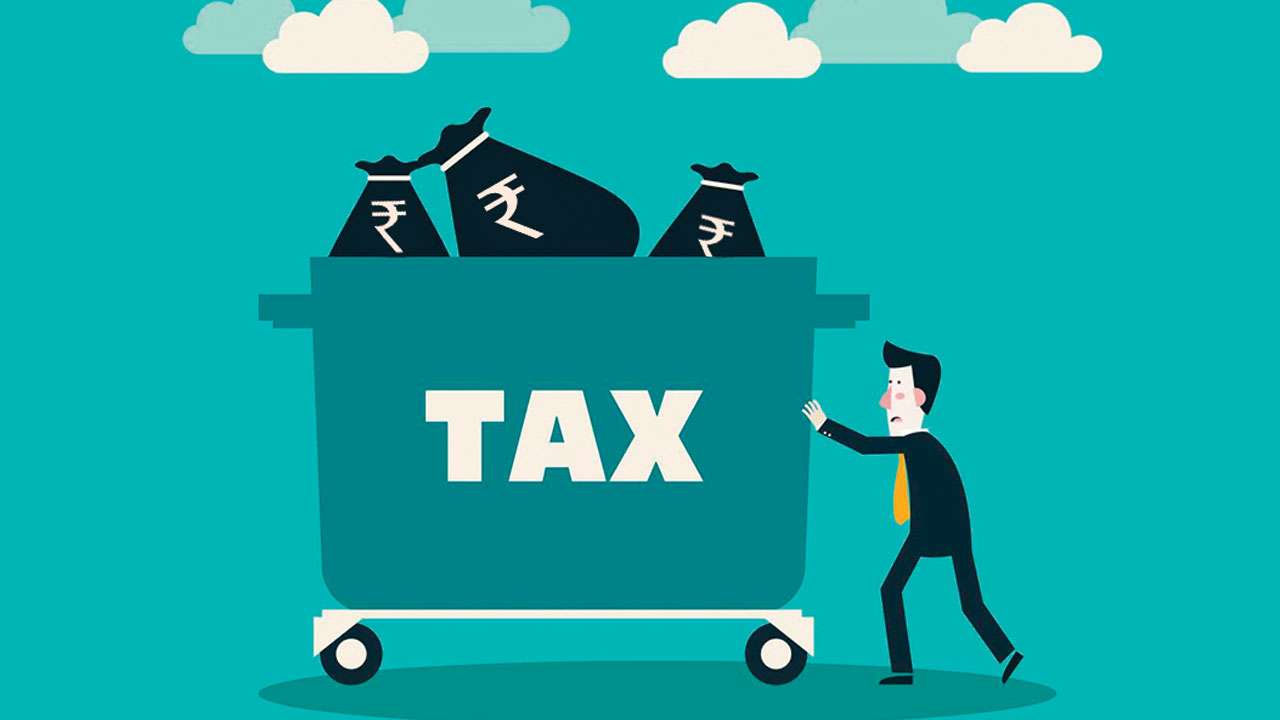RIO DE JANEIRO, BRAZIL – The tax reform planned by the Peruvian government will mainly target high-income earners with incomes of more than 300,000 soles (about US$75,500) per year, mining companies with large profits, companies that have multi-million tax debts, and streaming platforms.
This was announced this Wednesday in a public conference by the Minister of Economy and Finance, Pedro Francke, after the Peruvian government requested parliament to grant it legislative powers in tax matters for 120 days to carry out this reform.
Read also: Check out our coverage on Peru
Minister Francke explained that the main objective is to increase tax collection, since in Peru it represents around 20% of the gross domestic product, far from the 27% of Latin America and almost half of the 40% reported by the Organization for Economic Cooperation and Development (OECD) for its members.
Meanwhile, tax evasion reaches 8% of GDP, three times what the State spends annually on health or twice the public budget for education, and up to ten times the State spending on social protection programs.

MORE PRESSURE ON HIGH INCOMES
Thus, in the first place, the Peruvian government proposes to maintain the rates for the lower and middle classes and to raise taxes on high incomes, those earning more than 300,000 soles a year, which is equivalent to 0.5% of taxpayers.
The proposal is that the excess income above this threshold will no longer be taxed at 29% but rates between 31% and 35%, as is customary in other Latin American countries.
The Ministry of Economics also proposes raising the tax rates on capital gains so that profits in capital markets such as the stock market are not taxed at 5% but at higher rates, which may even be 15%, as has already been established by some developed countries.
Within the taxes collected by the municipalities, the intention is to establish progressive scales in taxes such as vehicle taxes so that more is paid for a high-end vehicle and include the owners of yachts in this concept.
“PERFECTING” THE MINING REGIME
With respect to companies, a central axis will be to perfect the mining tax regime to raise taxes for those companies that present operating profit margins above 75%, something that may occur if the current high price of copper, which is now at 4.60 US dollars per pound, is taken into account.
Francke specified that these changes would be made very carefully and with the advice of the International Monetary Fund (IMF) “so as not to lose competitiveness in the sector”, the primary sector of the Peruvian economy.
“Our studies indicate that there is a margin to be able to increase the rate a little for those with large operating profits. We are not proposing to create new taxes,” he said.
The head of the Economy portfolio also aimed at improving tax dispute resolution mechanisms to speed up processes and prevent large companies from accumulating up to 6 billion soles (about US$1.5 billion) in tax debts claimed by the State.
“The Government’s commitment is that this will close social gaps: there is huge inequality in Peru, there are basic rights that are not adequately fulfilled such as education, health, water and sanitation, connectivity, productivity improvement in agricultural sectors”, concluded Francke.

